Espacios: La Isla Bonita
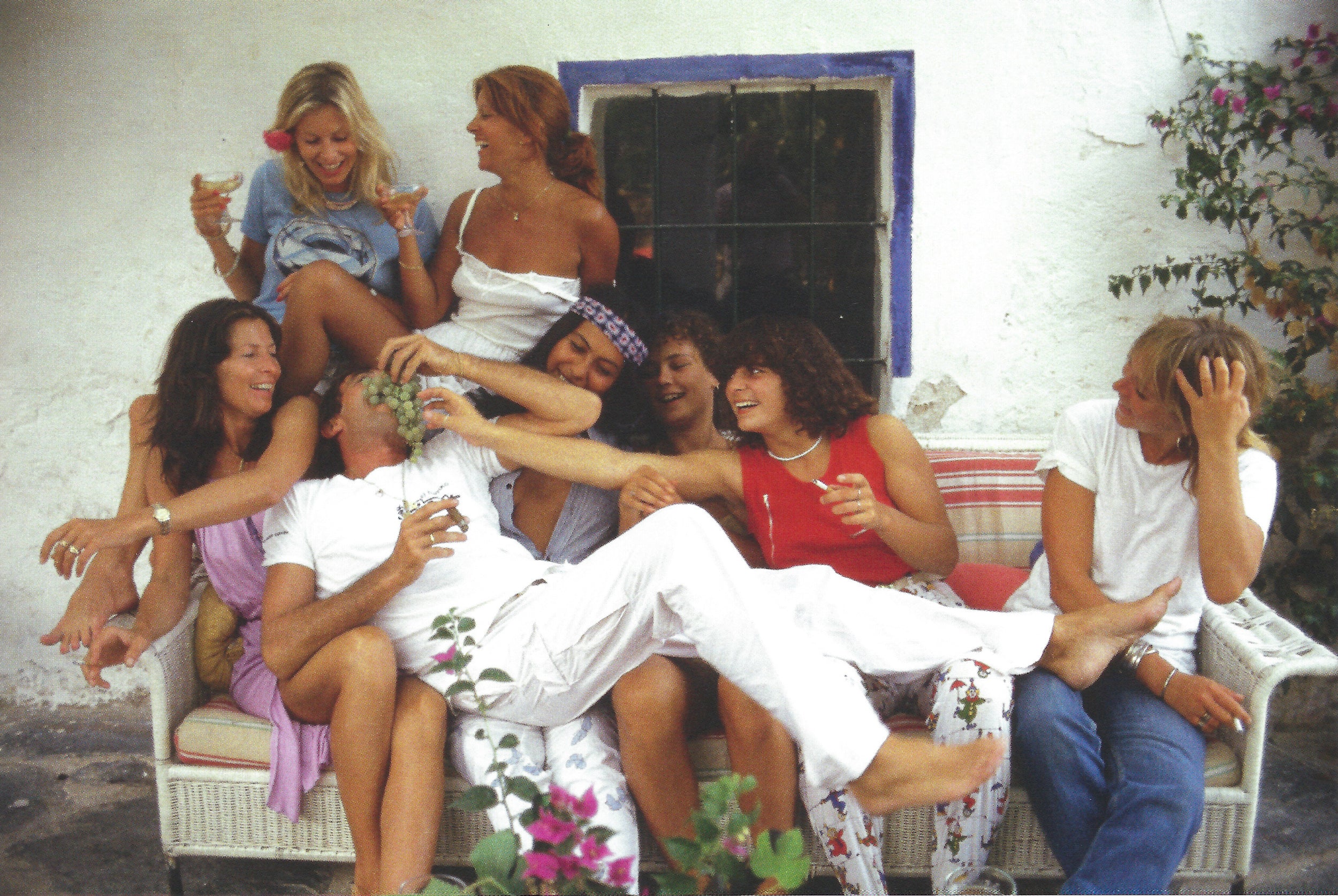
There are times when certain places become portals to other worlds, showing us what could be and teaching us lessons.
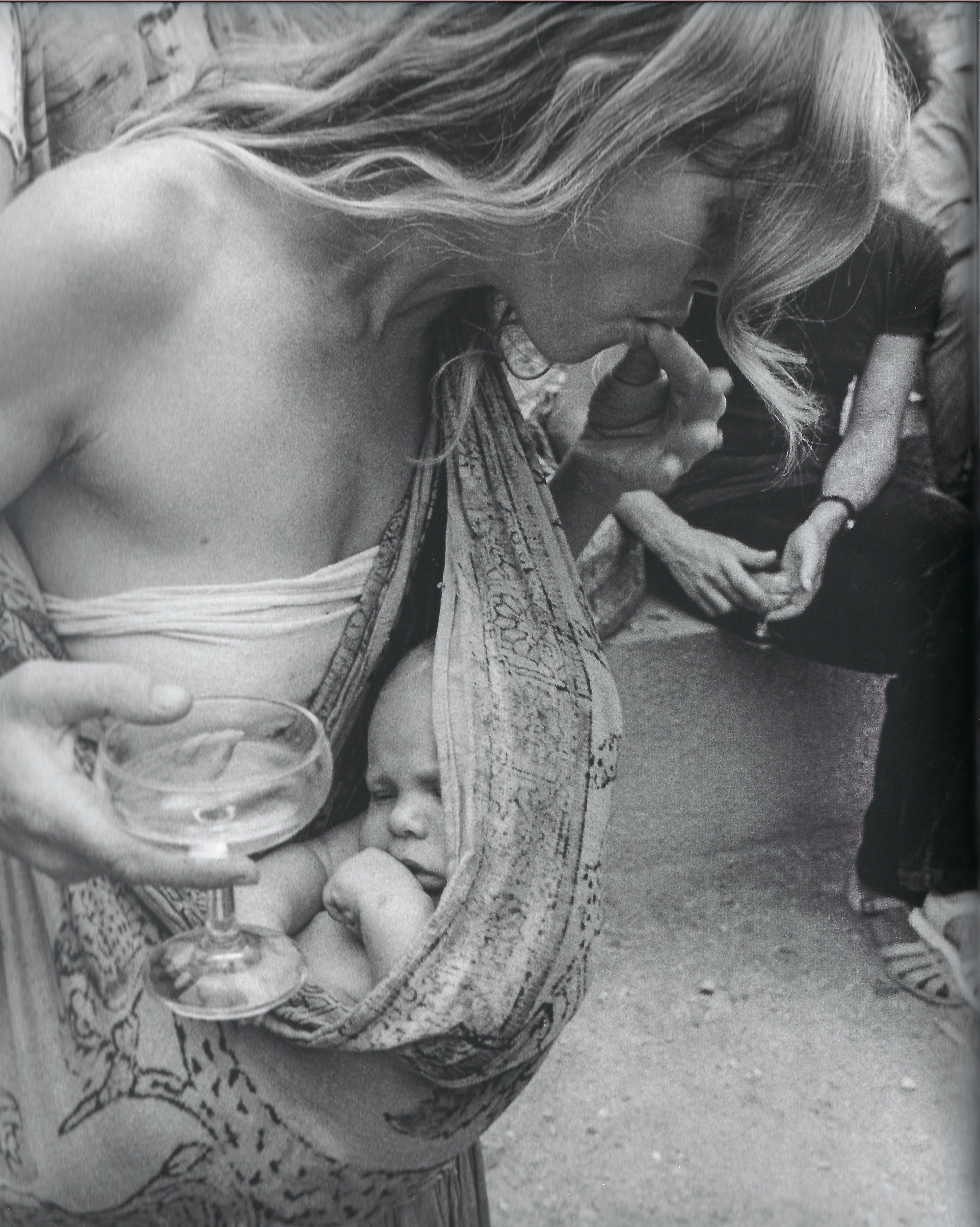
If you visit Ibiza and ask those over 50 about their experiences during their youth, you notice a gleam in their eyes. They don’t want to, or can’t, tell you about something as amazing as what they lived through. They know you won’t experience anything similar.
Mediterranean breeze, spring nights, the murmurs of oak and pine. Escapism into free love, music, and pleasure. The embodiment of a culture obsessed with freedom; the concrete manifestation of Allen Ginsberg’s proverbial flower power, which landed in Spain, 80 kilometers into the Mediterranean. On an island of just over 500 square kilometers.
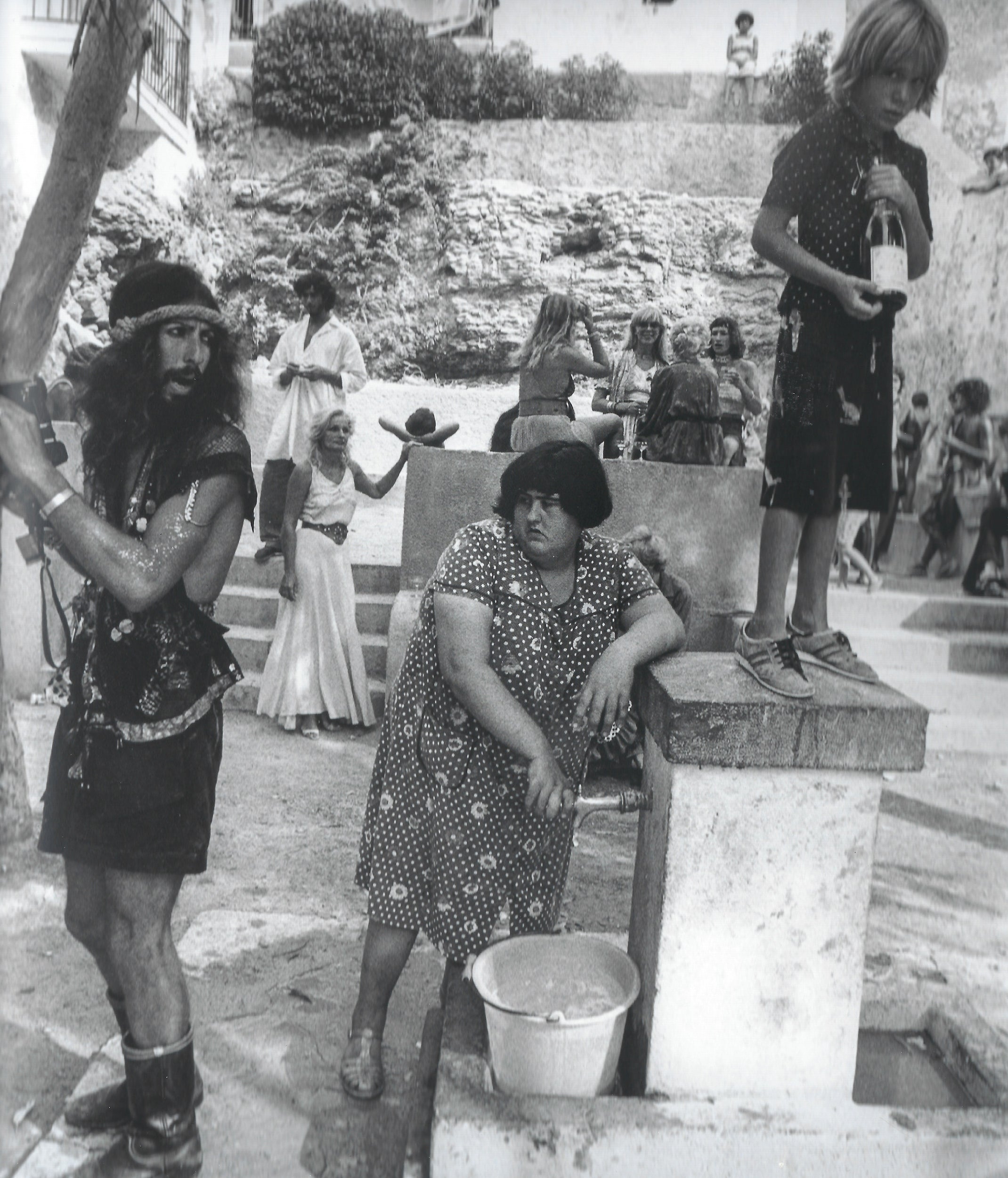
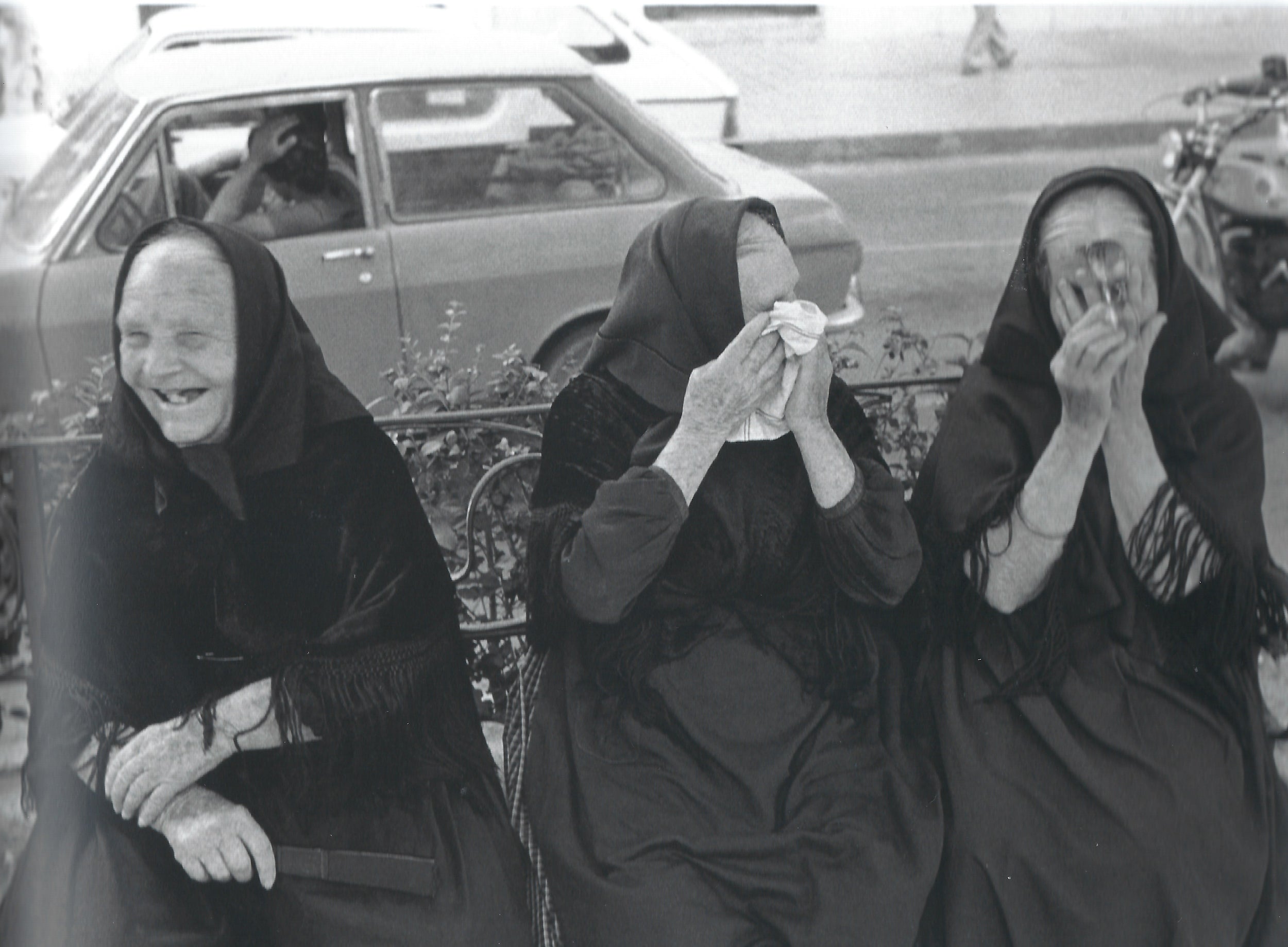
First the beatniks, then the hippies, seeking a haven to embrace a way of life defined by freedom and hedonism. They formed communities in villages and on beaches, practiced yoga, meditated, and promoted an alternative lifestyle focused on peace, love, and connection with nature.
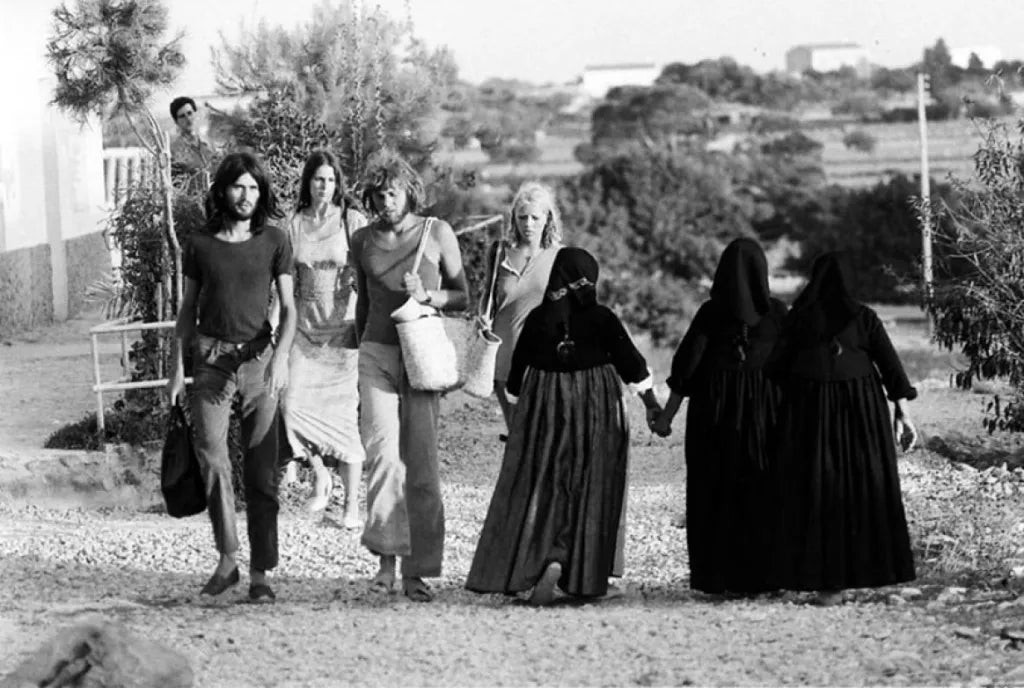


They were fortunate to arrive in a place of tolerance: the payeses of Ibiza are still as they have always been: calm and hospitable people. The good nature of the locals and the rustic, wild, secluded, and somewhat primitive beauty of the island began to attract young Europeans and Americans in the early 1960s, in a world increasingly tense due to the global political situation stemming from Vietnam and the Cold War. Among them were artists, musicians, writers, and individuals interested in new ways of living and connecting.
Ibiza, which until then had been a small, rural, and rather poor island of goats and fig trees, began to gradually transform into a refuge for those seeking to escape social conventions. The atmosphere of experimentation and the search for new forms of expression laid the foundation for a culture open and receptive to musical innovation and partying.
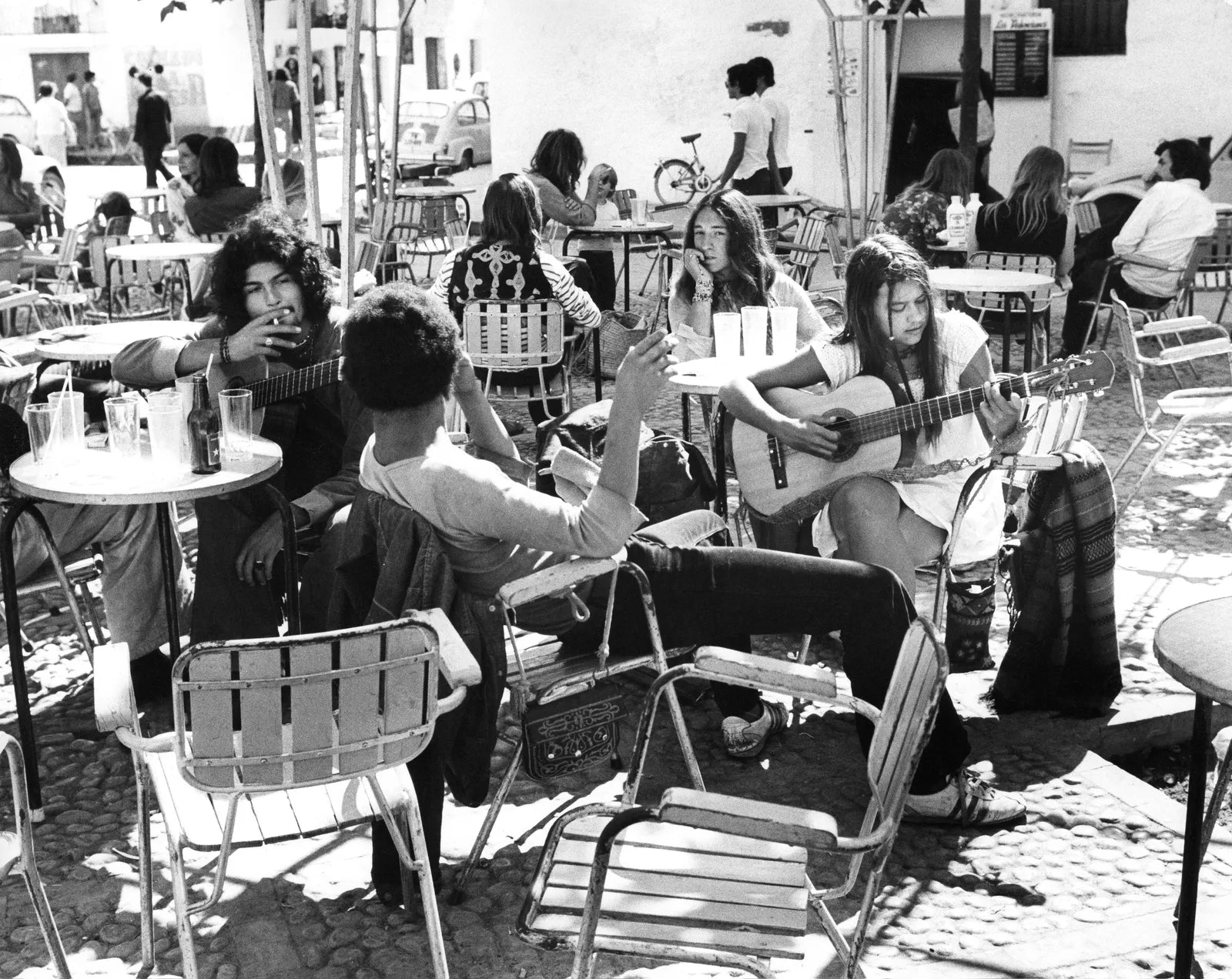
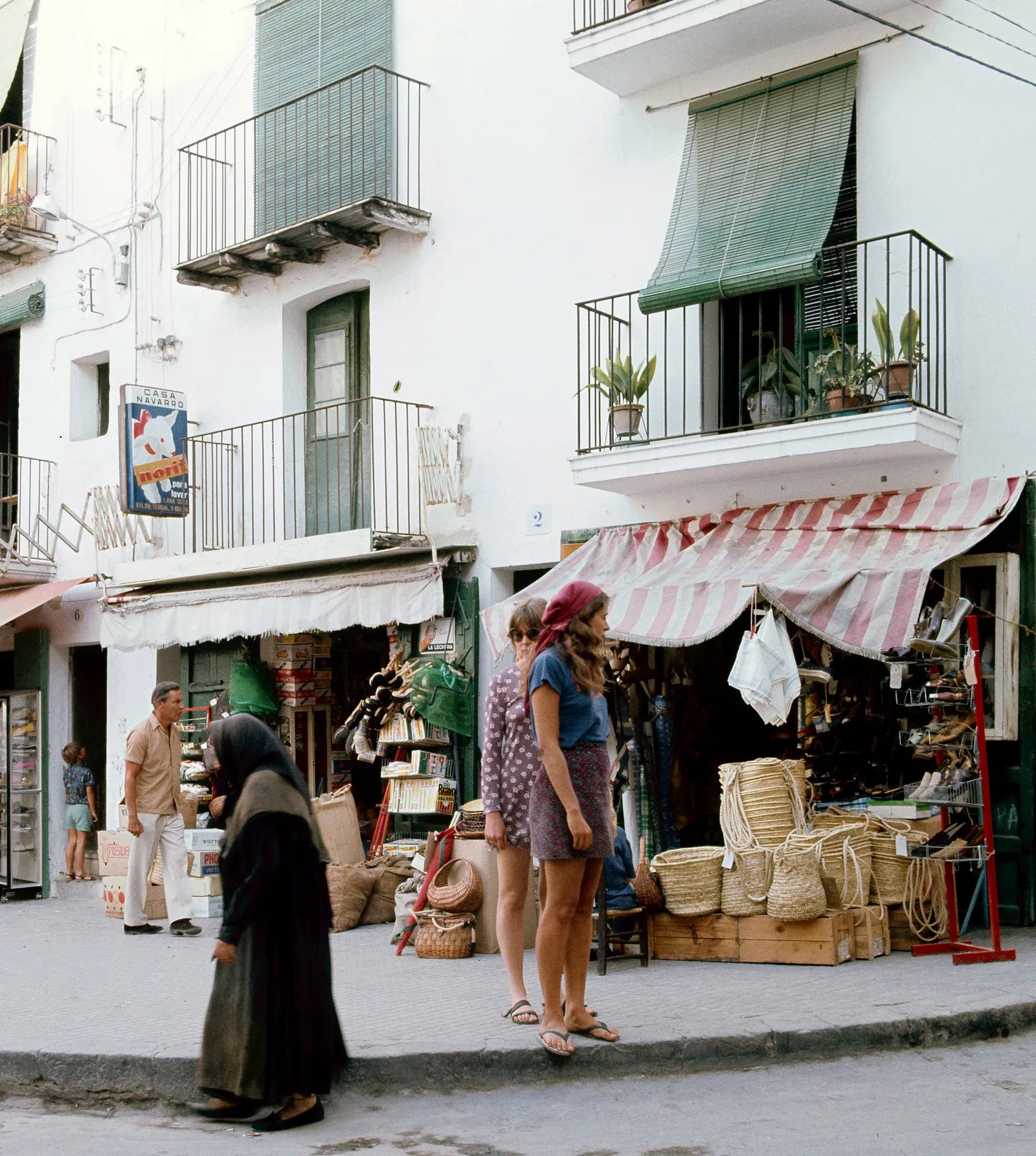
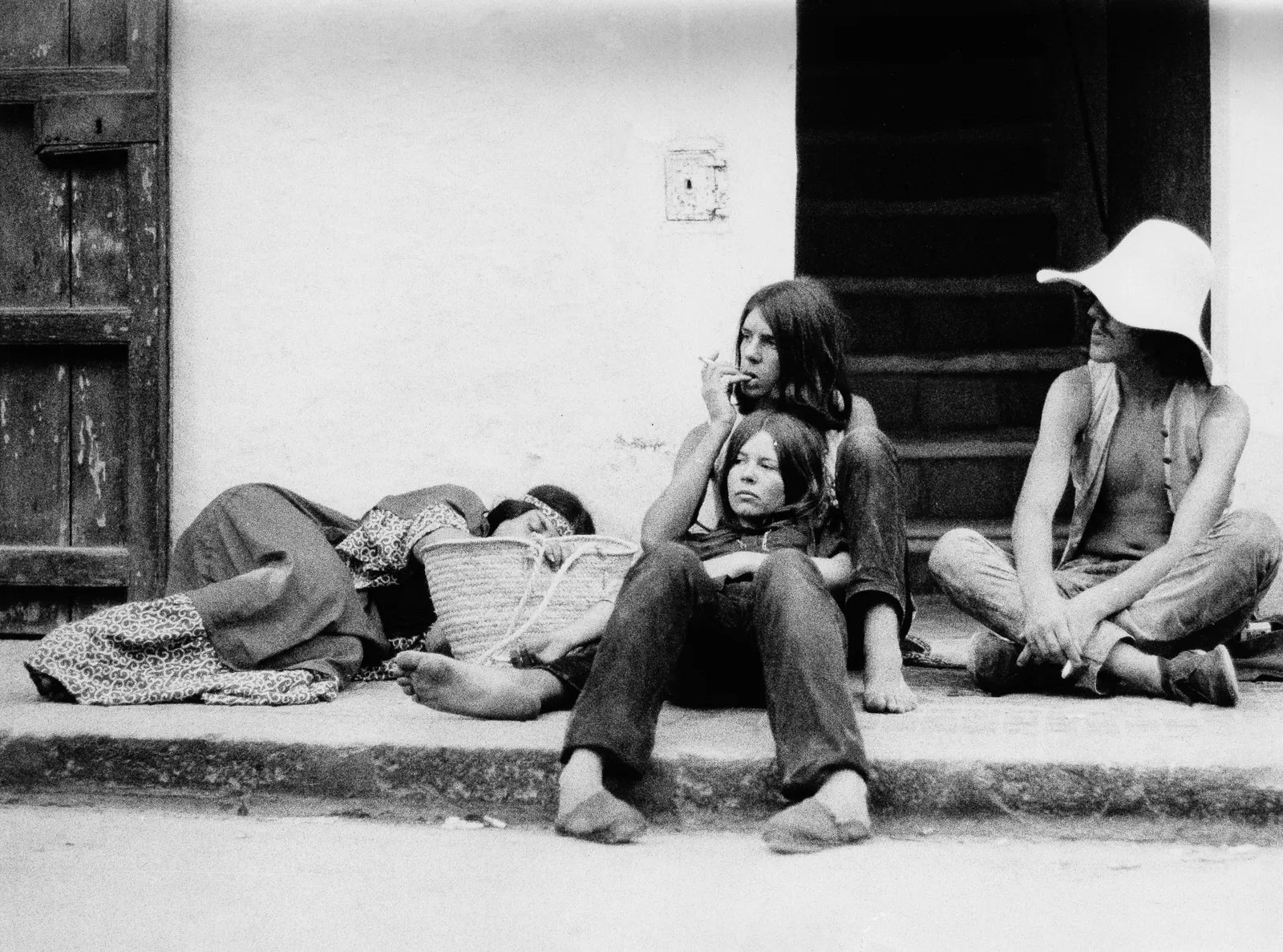

"Sadly none of us will ever be able to experience these decades of Ibiza ever again. It is impossible not to wonder who all of the characters are when looking at the photographs, to not ponder what their stories are and why they ended up frolicking naked on the beach."
— (Emma Salahi, Oriol Maspons)
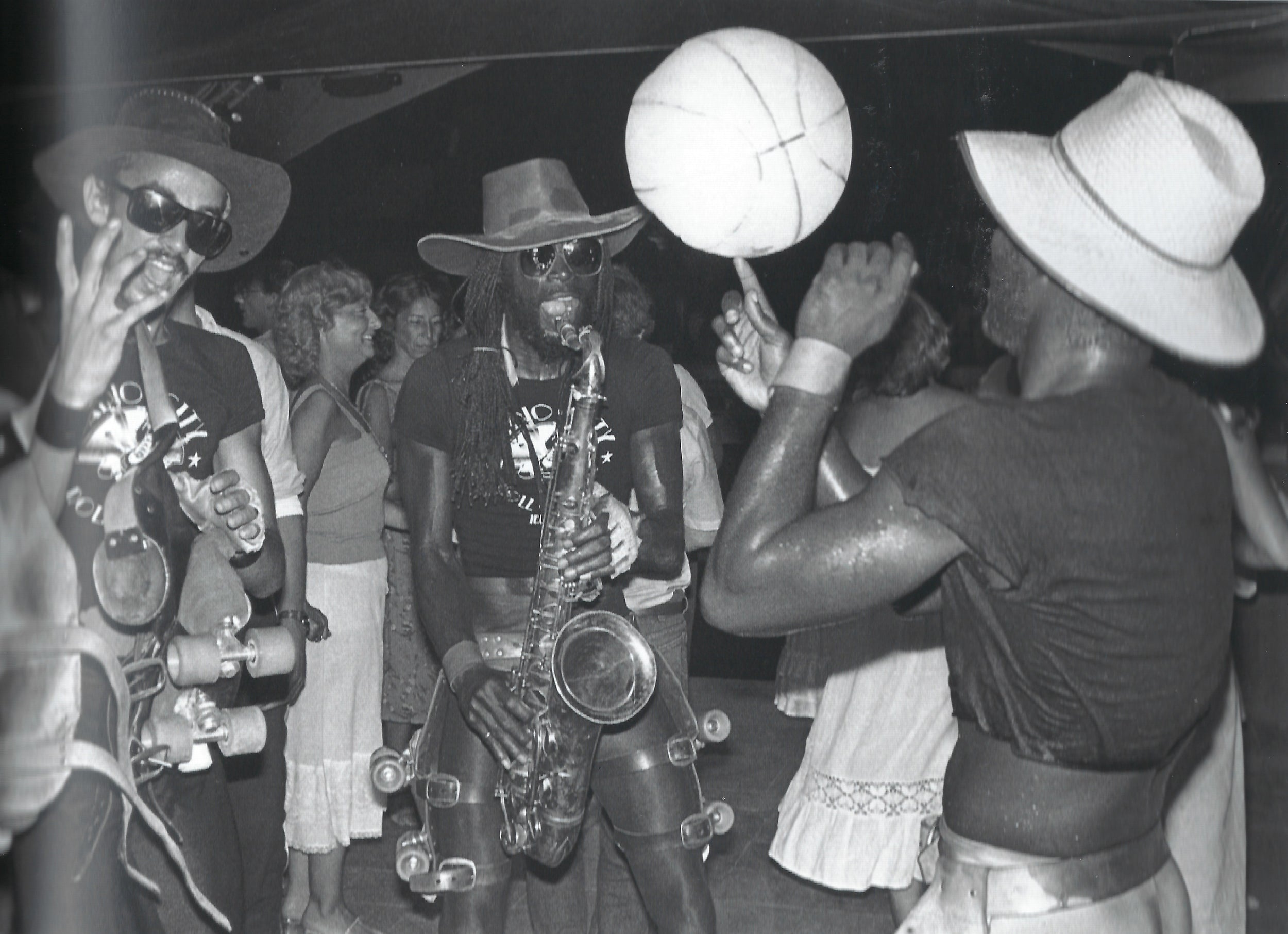
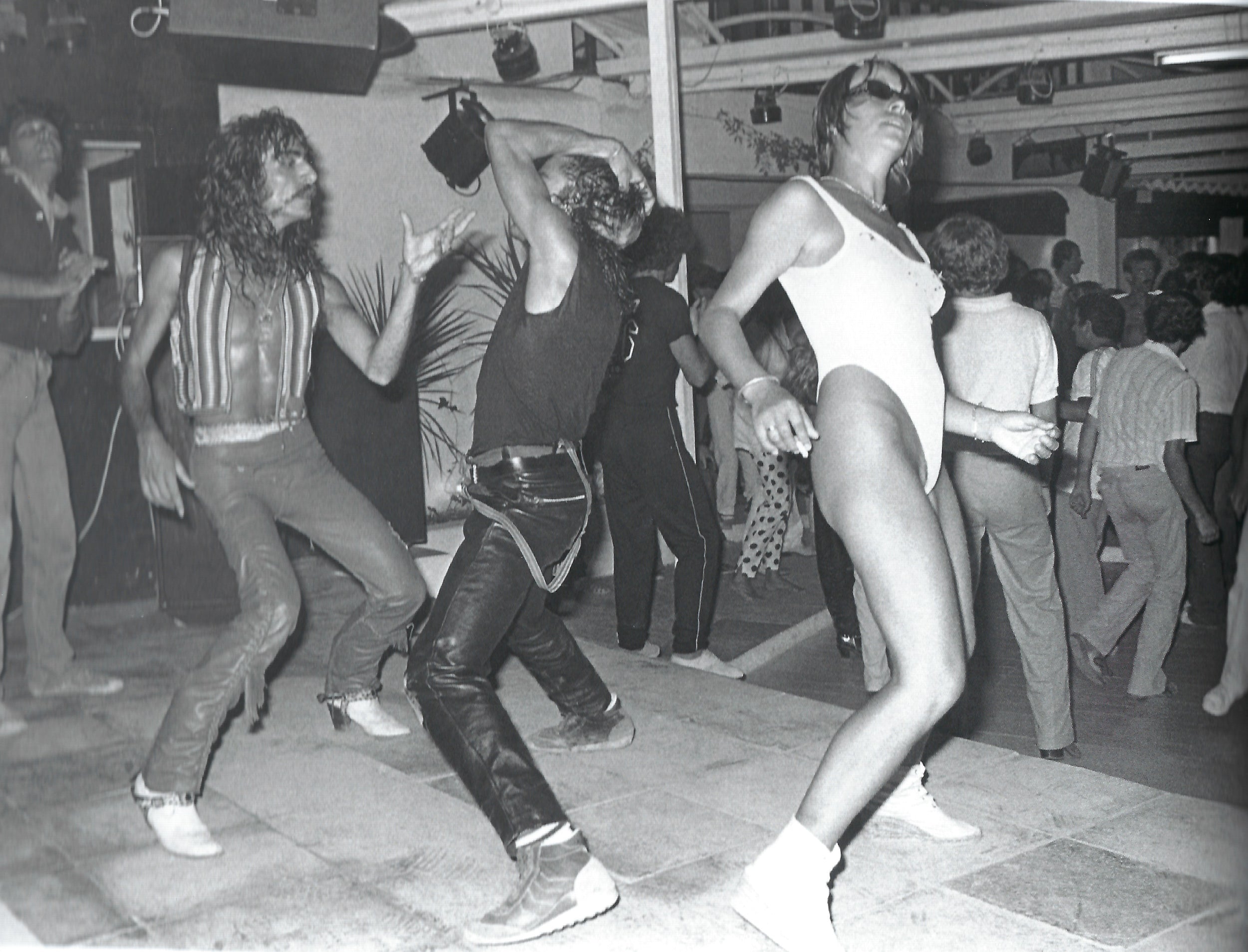

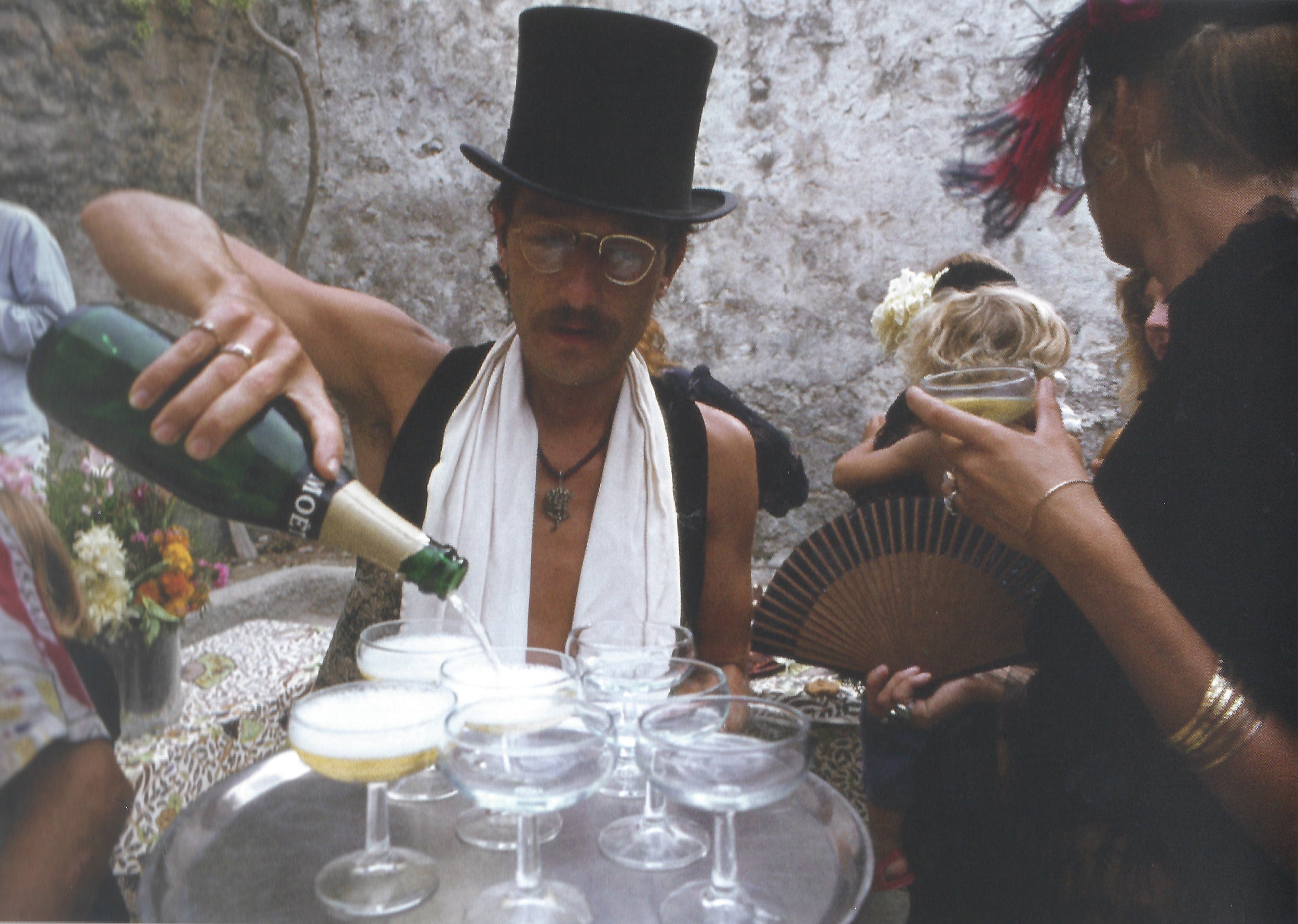

The hippie parties on beaches and in farms made space for the first bars and nightclubs. Franco was tranquilo with the island, and the parties and the money sent into the island by the families of the hippies slowly but surely swept away the prohibitions. Ibizan women began not only to dress like the visitors but also to adopt their habits, which did not sit well with the local bishop:

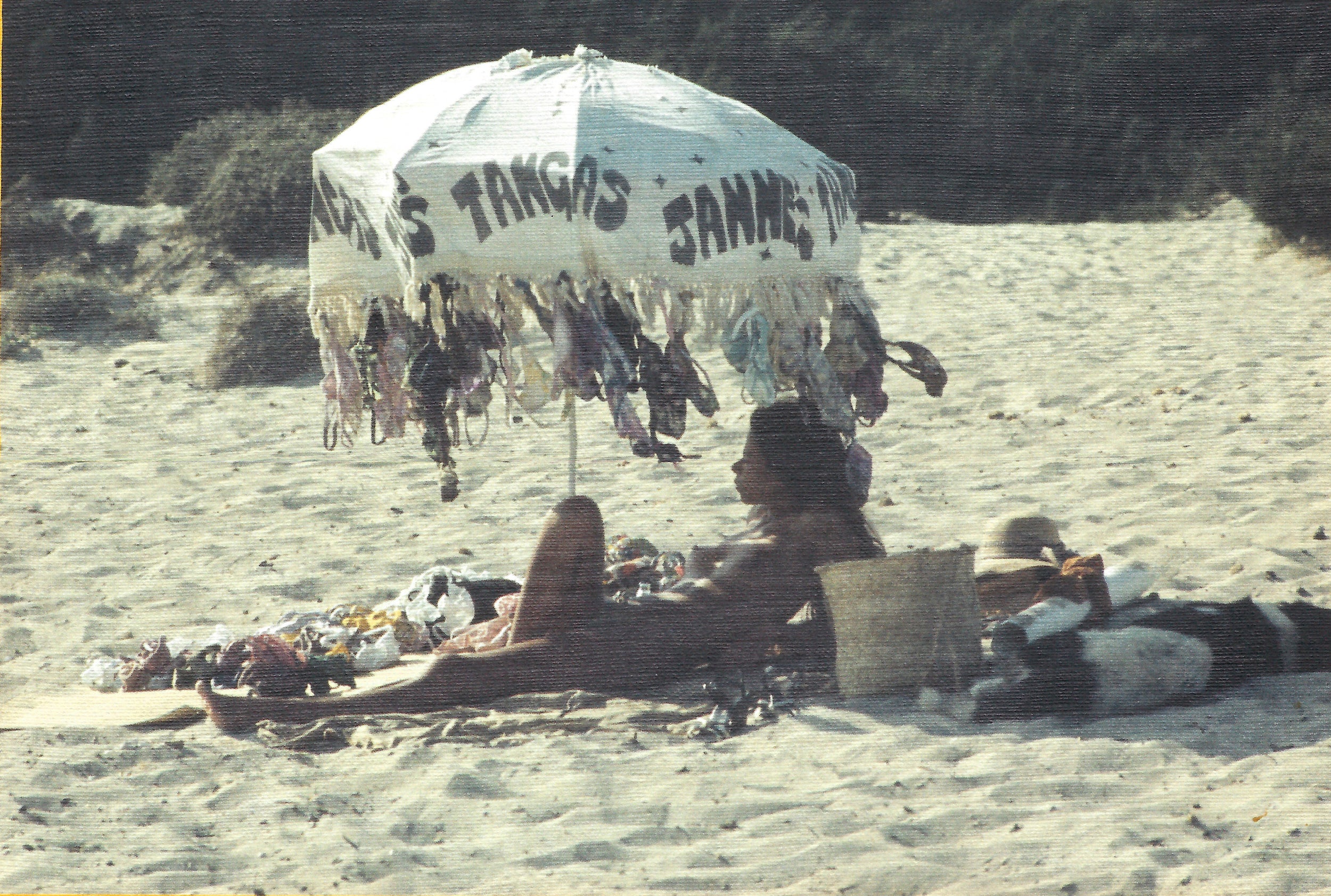
"Those undesirables with their indecent behavior on the beaches, in bars, and on public roads, and even more so with their vicious and scandalous habits, are creating a malevolent atmosphere here that suffocates us and can only corrupt and pervert our inexperienced youth. No one can understand why the presence of foreign women, corrupted and corrupting, is authorized here; without any medical examination, they come to be a source of physical and moral perdition for our inexperienced youth. Nor does anyone understand how certain individuals, lacking means of livelihood, are tolerated, of whom public opinion says they live exclusively off the vice they facilitate and shamelessly propagate (...). Let no one see in these lines anything other than a call to alert, a cry for help from the shepherd of souls who watches in anguish and helplessness the havoc the wolf wreaks among the beloved little sheep that the Lord entrusted to him and for which he will one day have to give a strict account."
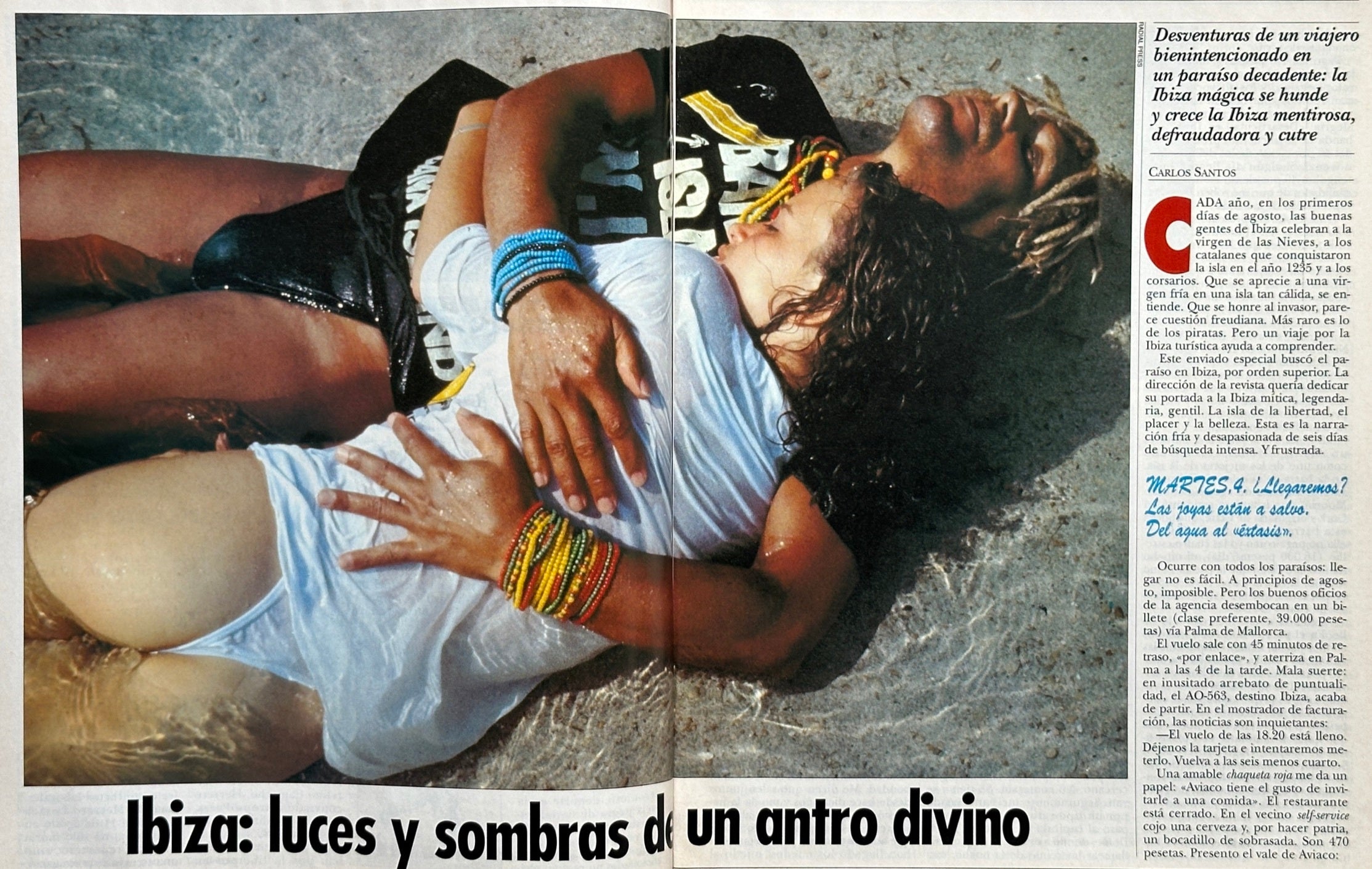

With a very different attitude, philosopher Antonio Escohotado left his job at the Bank of Spain and arrived in Ibiza in 1969 on a leave of absence seeking adventure. In 1976, he founded Amnesia in a casa payesa—a peasant house—, which became a meeting point for the hippie community, and, eventually, one of the island’s landmark venues.

The sun reigns over everything on the island, and white rises to greet it, imparting identity to everything it touches. The walls of the houses are whitewashed. The white sandy beaches and crystal-clear waters reflect some of the sun’s shine. The loose dresses and linen trousers of the island became symbols of a free lifestyle. The White Parties began in the 80s at Amnesia, borrowing the white from the island’s tradition.

Ku Disco in the 80's
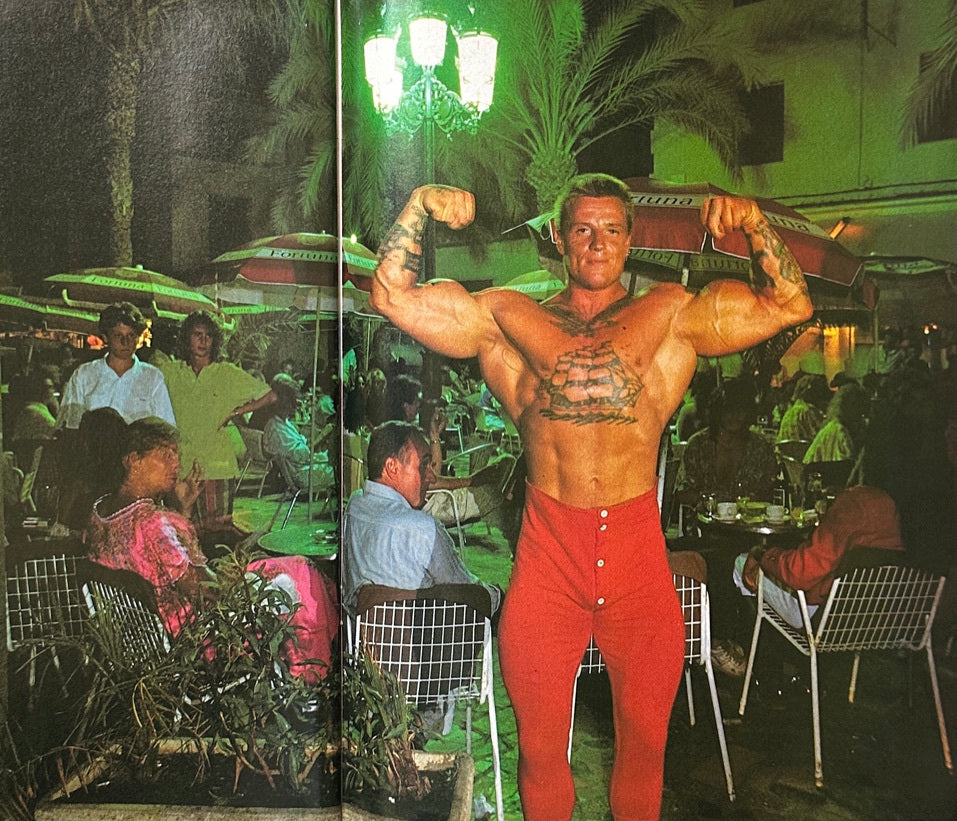
The 80s kicked in, the rise of the hippie movement reached its end, and Ibiza, like many other parts of Spain, experienced the construction Boom. In this context, Ibizan nightclubs evolved into international temples of electronic music. Space, inaugurated in 1986 in another casa payesa, became legendary for its marathon sessions. Ku—later Privilege—stood out as one of the largest nightclubs in the world. DC10, founded in a former airplane hangar, became an icon for clubbers worldwide.
Two factors shaped this chapter: music and drugs.
Music went from pop and disco to techno and trance; with a handful of pioneering DJs in the 1970s who established the foundations of a style that created the figure of the star DJ. But if there is no party without music, often there is also none without drugs, and changes in consumption also marked new ways of experiencing leisure, from weed and LSD to MDMA and cocaine.
Today’s Ibiza is not the same as it once was. The payeses who allowed the hippies to come, the openness, the tolerant environment, the simple way of life—all of that is gone forever. In the 2000s, the island grew to become not only a center for—often mindless—youth entertainment but also a magnet for VIPs, celebrities, and luxury tourism. Now it operates at two speeds: the slow and relaxed pace of the locals, and the exaggeratedly fast pace of tourists eager to burn through the hours until they see their boss’s face again in Manchester or Rotterdam.
Oriol Maspons, the golden photographer of the Gauche Divine made his way to the beach before it all went downhill. The images are woven from the same fabric as dreams.